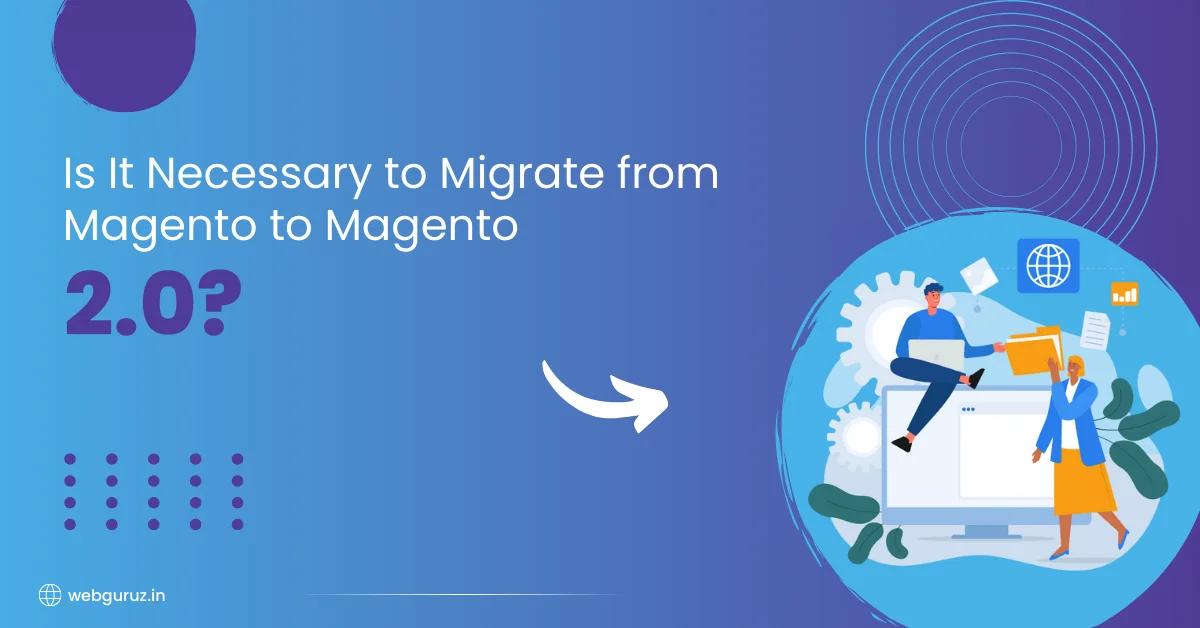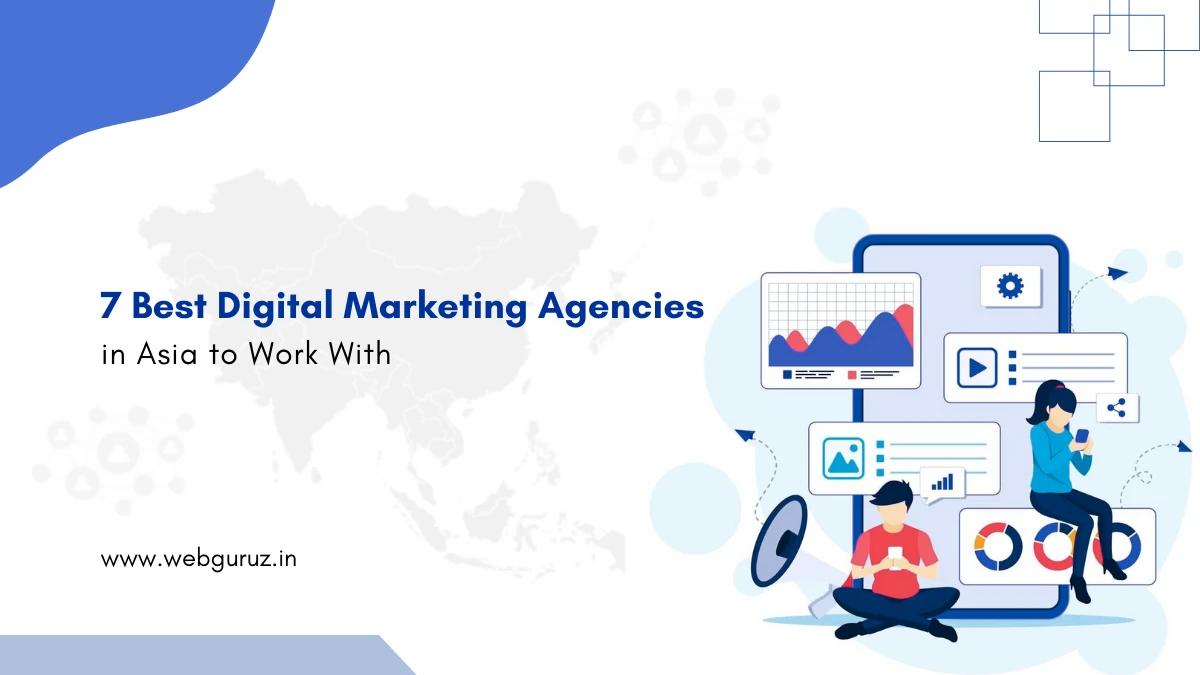Mohit Bhatt
2025-08-22
7 min read
7 Best Digital Marketing Agencies in Asia to Work With
Finding the right digital marketing agency for your business can feel like searching for a needle in a haystack.
Read More
Magento was released in 2008 as an open source platform which became popular among small and medium-size businesses because of its remarkable features. Its flexibility is one of the standout features for its popularity. This enabled users to create stores with a variety of pre-made extensions or using their coding chops.In addition to this Magento was able to carve a niche for itself because it provided businesses a solution that they could control, customize according to their needs and even host if required.Over the years Magento has evolved and now there are three versions that are being used widely for creating E-Commerce sites. They are Magento Community Edition (CE), Magento Enterprise Edition(EE), and the latest Magento 2.0.
Magento 2.0 is the latest version of Magento, the most popular open source platform. It was released in 2015.
Magento 2.0 has overcome the shortcomings of Magento. Magento lacked certain features such as performance optimization, mobile responsiveness, and admin capabilities. This forced users to seek the aid of third parties to fulfill these requirements. Besides, Magento was relatively slow.
Magento 2.0 has provided all B2B and B2C businesses better scalability and performance. They are now able to offer their customers omnichannel shopping experiences. This platform has enabled developers to create a myriad of new innovative themes, extensions, and other features.
In fact, Magento 2.0 has features that make it compete with leading platforms such as Woo Commerce and Shopify.
1. Faster speed of site: Magento 2.0 enhances the speed of a site with the help of improved indexers. This leads to better sales and search engine optimization. Besides this, the speed of the site is also increased due to full page cache feature of Magento 2.0.
2. Check out is User-friendly: Magento 2.0 offers a streamlined check out process. It is easy for customers to go from their cart to completion of an order. The user-friendly check out reduces abandoned carts and increases conversions.
3. Vital Integrations: Magento 2.0 integrates extensions such as Paypal and Braintree, etc. improving the functionality of the stores.
4. User-friendly Admin Interface: The user interface for Magento users was difficult for non-tech user administration. However, the admin interface in Magento 2.0 reduces the time management of the online store. The admin panel is intuitive and easy to navigate. It also enables quick browsing of important business information of Companies. This, in turn, enhances the productivity. It is also easy for new team members to learn.
5. Mobile friendly: One of the biggest drawbacks of Magento was its slow speed on mobile. This resulted in a poor engagement which adversely affected the sales. Magento 2.0 has a good response on a mobile device leading to better business opportunities.
6. Latest Technologies: Magento 2.0 uses the latest technologies to provide a fast and responsive platform. Additionally, it is easier to upgrade compared to the original Magento versions.
All these features make it appear that it is essential to migrate to Magento 2.0. However, Magento 2 is not free from certain shortcomings.
1. Difficult Process: The architecture and database design of Magento and Magento 2.0 are totally different. This makes migration time-consuming and complicated.
2. Migration of Extensions and Themes: Most of the Magento extensions and themes are incompatible with Magento 2.0. However, certain extensions can be migrated.
3. Performance Issues: Despite all precautions and all steps taken for migration, you might experience error messages. You will need the assistance of certified Magento developers to resolve these.
This leads us to the question, “Is it really necessary to Migrate?” Despite the numerous benefits offered by Magento 2.0, there is still a confusion regarding whether to migrate or not. The reasons for this are the cost and the fact that the marketplace and community are not mature enough on Magento 2.0.
Whether you need to migrate to Magento 2.0 from Magento will depend on the performance of your site currently. If your store is small and Magento fulfills its requirements (such as your site is performing well, you are receiving orders and you are not using an outdated version) then it does not make much sense financially or technically to migrate.
On the other hand, if you are using an outdated version or even a new version with poor performance with a number of third-party extensions, it is time to consider revamping it.
However, as seen, the stability of migration is still an issue currently. At the present time, if you can allocate the budget and dedicate resources for migration, it can be considered. If you do not have any major performance issues with your site, it is recommended that you hold on for some time before migration. This is because Magento 2.0 is in its development stage and waiting will probably offer more options and themes to the users.
This is because of the following reasons:
1. Magento 2.0 will replace Magento: In the field of technology, things get outdated at a rapid rate. Hence, it looks likely that the benefits of Magento 2.0 will soon make Magento obsolete.
2. Upgrade Simplified: Magento 2.0 is easy to upgrade from 2.0 to 2.1 unlike upgrading from 1.7 to 1.8 in Magento. This is because of the better technical architecture of Magento 2.0 compared to Magento.
3. Easy to build theme and extensions: Earlier building a theme or extension was a complex process because it required a code in many different file folders in the complete file structure. Now the extension is simplified because there is only one folder with an associated code. This makes it easy to remove or modify.
4. Caching is possible: Magento 2.0 offers high speed to its users by full page caching in both Community and Enterprise versions. Therefore, on your subsequent requests, you can access the site quickly. In Magento only the Enterprise Edition had this feature while the Community Edition lacked it.
Hence, it is clear that even currently Magento 2.0 has a lot to offer. And, with time, it will offer more features to its users. It is only a matter of time when most Magento stores will need to migrate to Magento 2.0.
If you have to migrate, it is recommended to go about it in a planned manner so that the process is seamless.
Backup your Magento store including all the files, folders, and the database.
1. Theme Migration: Magento 2.0 offers customers enhanced shopping experiences. For this various themes are used. Since migration of themes from Magento is not possible, you will need to create new themes for better user experience.
2. Extension Migration: You can provide your customers new features and extended functionalities in your store through Magento extensions. Since Magento extensions are not compatible with Magento 2.0, you can install the extensions available in Magento Marketplace.
3. Custom Code: Certain custom codes are compatible with Magento 2.0. Many can be migrated using “Code Migration Toolkit.” However, due to structural differences between the two platforms, the process can be a little complex.
4. Data Migration: Migration of all the data from Magento to Magento 2.0 is possible using the Magento Data Migration Tool. You can easily migrate all the essential data such as products, categories, orders, store configurations, etc.
After all these steps of migration are carried out, check if your Magento 2 store is functional. However, since the process is not automated, migration is not a simple task.
If you are confused about whether you need to take the step towards migration, it is best to consult a professional E-commerce development company. They are aware of the developments in the field. Besides they can even guide the users regarding the choice of the best E-commerce platform for their purpose. They can carry out the entire migration for you so that it is hassle-free.

Mohit Bhatt
2025-08-22
7 min read
Finding the right digital marketing agency for your business can feel like searching for a needle in a haystack.
Read More
Mohit Bhatt
2025-08-20
7 min read
Choosing the right HubSpot Hubs for your business can feel overwhelming, especially when you’re looking at multiple options that seem to overlap in functionality.
Read More
Mohit Bhatt
2025-08-11
7 min read
Google’s AI Overview has changed how people search and find information online.
Read More